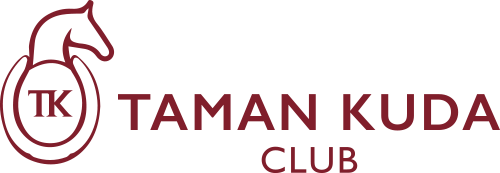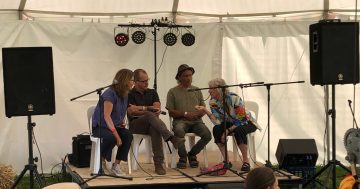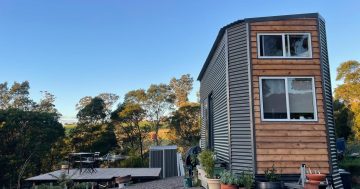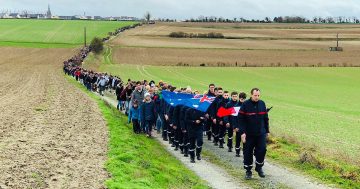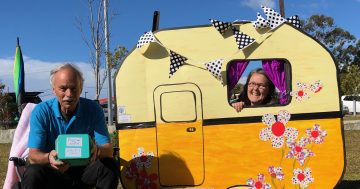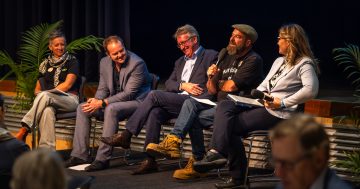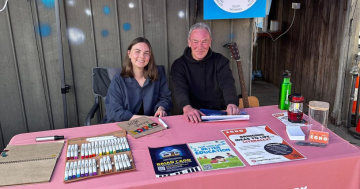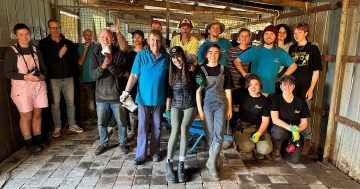
Bega Valley Data Collective’s Measuring What Matters workshop in April 2024. Photo: Daisy Hill Photography.
A group of volunteers is on a mission to make data available to Bega Valley residents so they can more effectively advocate about the matters that affect them.
Bega Valley Data Collective (BVDC) president Kate Sollis said the group formed after the Black Summer bushfires and COVID.
“It emerged from a feeling that money coming into the Bega Valley post-bushfires was not being spent or allocated in the right way,” she said.
“The community wasn’t given the autonomy to make our own decisions.”
In essence, BVDC aims to bring a bottom-up approach to community decision-making, rather than top-down.
BVDC received seed funding from Bega Valley Shire Council in May 2022 and held its inaugural AGM in November 2023.
About a year ago, BVDC launched a data platform in collaboration with a company named Seer. Through that platform, BVDC has its own data portal that anyone can access free of charge.
It has data from a wide range of sources, including the Australian Bureau of Statistics (ABS), the Australian Institute of Health and Welfare, and state and territory governments.
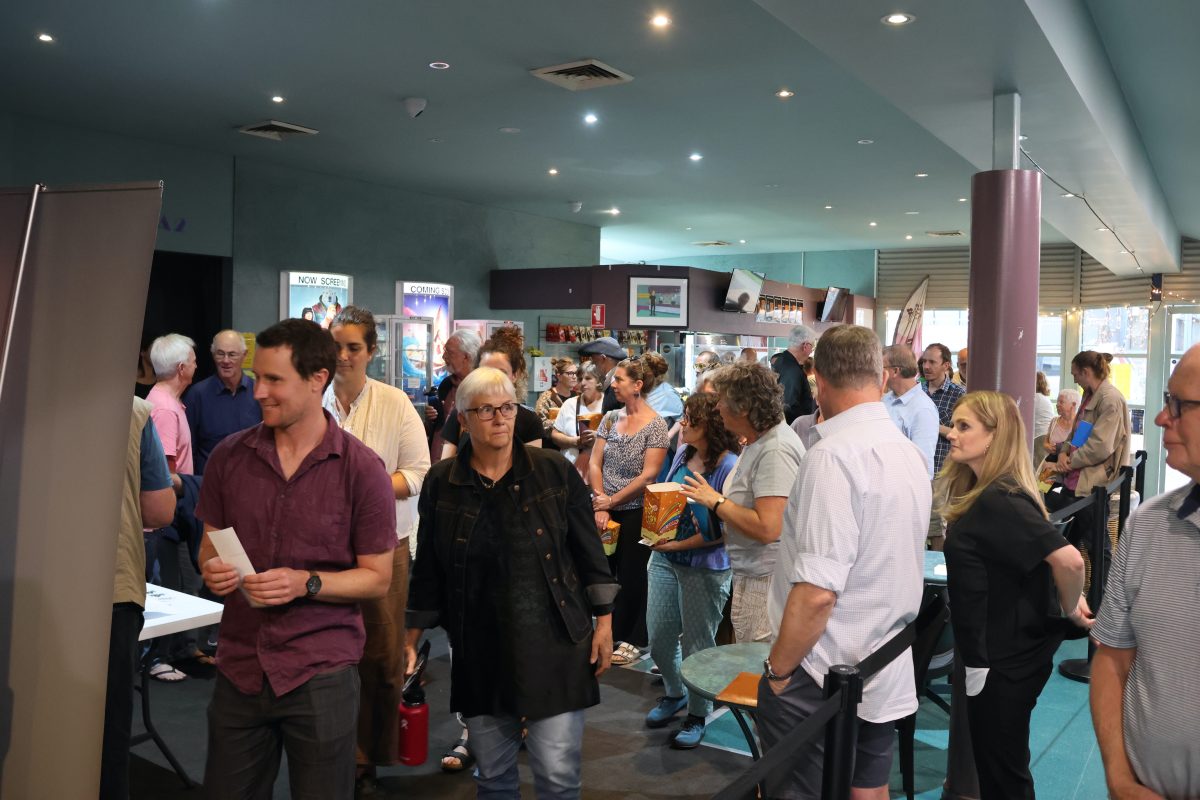
The launch of Living Well in the Bega Valley and screening of the film Purpose. Photo: Shelene Bailey Photography.
The data is user-friendly. In some cases, it is possible to drill down to specific areas within the shire.
“Immediately you can see how Bega Valley is doing compared with other areas,” Dr Sollis said.
The data has been used to support the Bega Chamber of Commerce and Industry to develop a business case for the McKee Drive Precinct on the site of the old Bega Hospital.
In November 2024, BVDC launched its Living Well in the Bega Valley project. It aims to develop a wellbeing framework through data, collaboration, and action. It will set out what the Bega Valley wants for the future and identify key indicators to track progress towards that over time.
The idea for the project emerged from community consultation conducted in 2023-24 on Measuring What Matters in the Bega Valley. That received funding from the Foundation for Rural and Regional Renewal’s (FRRR) Investing in Rural Community Futures program.
The idea is to find out what matters to people. Abstract economic measures such as gross domestic product (GDP) may not resonate with people, particularly in regional areas.
“If there are things like cost-of-living pressures and distrust of government that are important to people, we should be measuring and caring about those things,” Dr Sollis said.
“The Living Well in the Bega Valley wellbeing framework can be used to advocate, to galvanise the community, and to enhance collaboration, ensuring all the decisions we are making are what the community wants and needs,” she said.
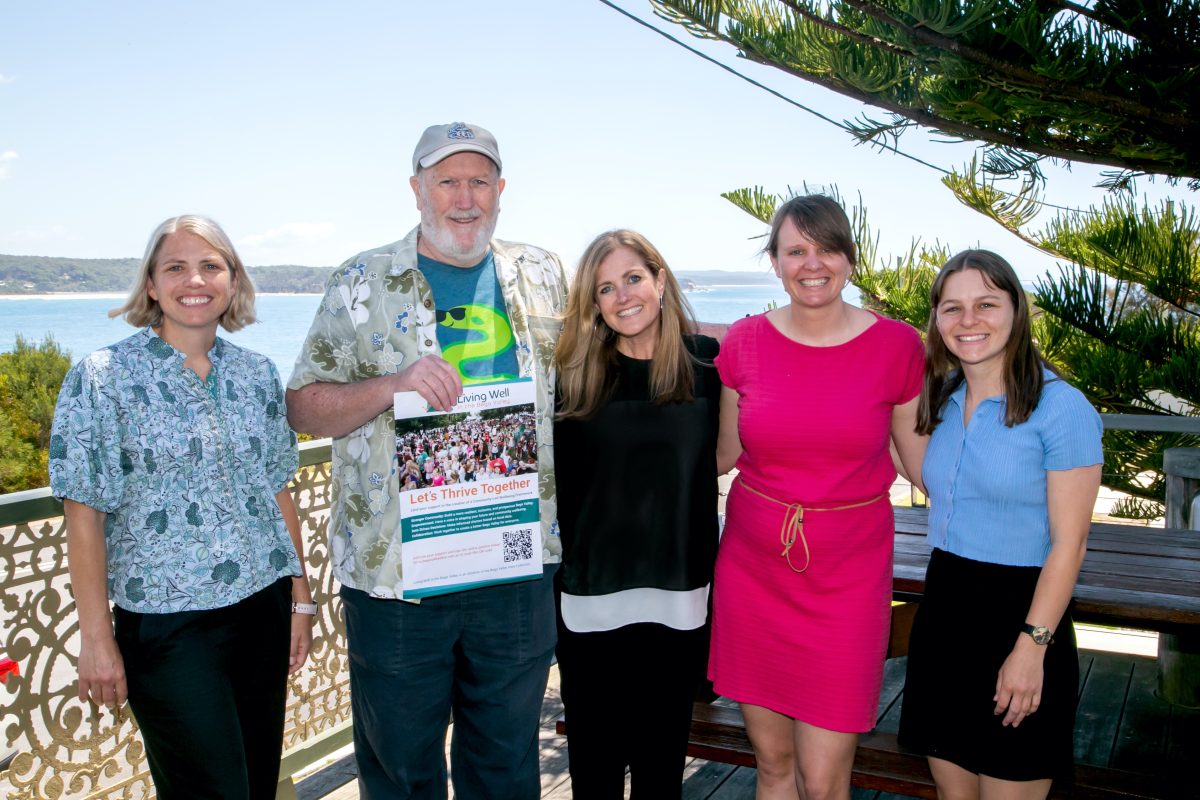
Bega Valley Data Collective members lunch with Katherine Trebeck (centre) at the Tathra Hotel. Photo: Daisy Hill Photography.
The project is unfunded and BVDC is encouraging people to sign its petition.
Despite this, the BVDC is starting the project through volunteer time and partnering with Social Justice Advocates of the Sapphire Coast Youth to develop a wellbeing framework.
The project will engage deeply with young people to identify statistical indicators that reflect what young people consider important for wellbeing.
The University of Canberra and ABS are also key partners in this project.
The University of Canberra’s Wellbeing and Resilience Unit and the Centre of Sustainable Communities will help facilitate workshops across the Bega Valley. The ABS’s Life Course Data Initiative will help provide tailored data specific to the Bega Valley.
“We give them a data request for key indicators, and they will dig through data sources not publicly available for us,” Dr Sollis said. “It is a fantastic opportunity as it is hard to get data for a small community.”
Dr Sollis said BVDC hoped to break down the barriers between the various levels of government. Often government data was based on the delivery of a particular service, for example.
BVDC’s data will be jurisdiction-neutral and not specific to what the council or federal or state governments can achieve. Rather, it will reflect the needs that the community has identified.
The BVDC is working closely with organisations with a shire-wide focus, such as the Regional Circularity Co-operative. The BVDC is focused on the social infrastructure for the co-operative’s vision for a circular economy to ensure that people in the valley have all they need to live well.
BVDC wants to identify every possible opportunity for community data to be used to its full potential.
“The number of community organisations that can benefit from and use this data is limitless,” Dr Sollis said.




